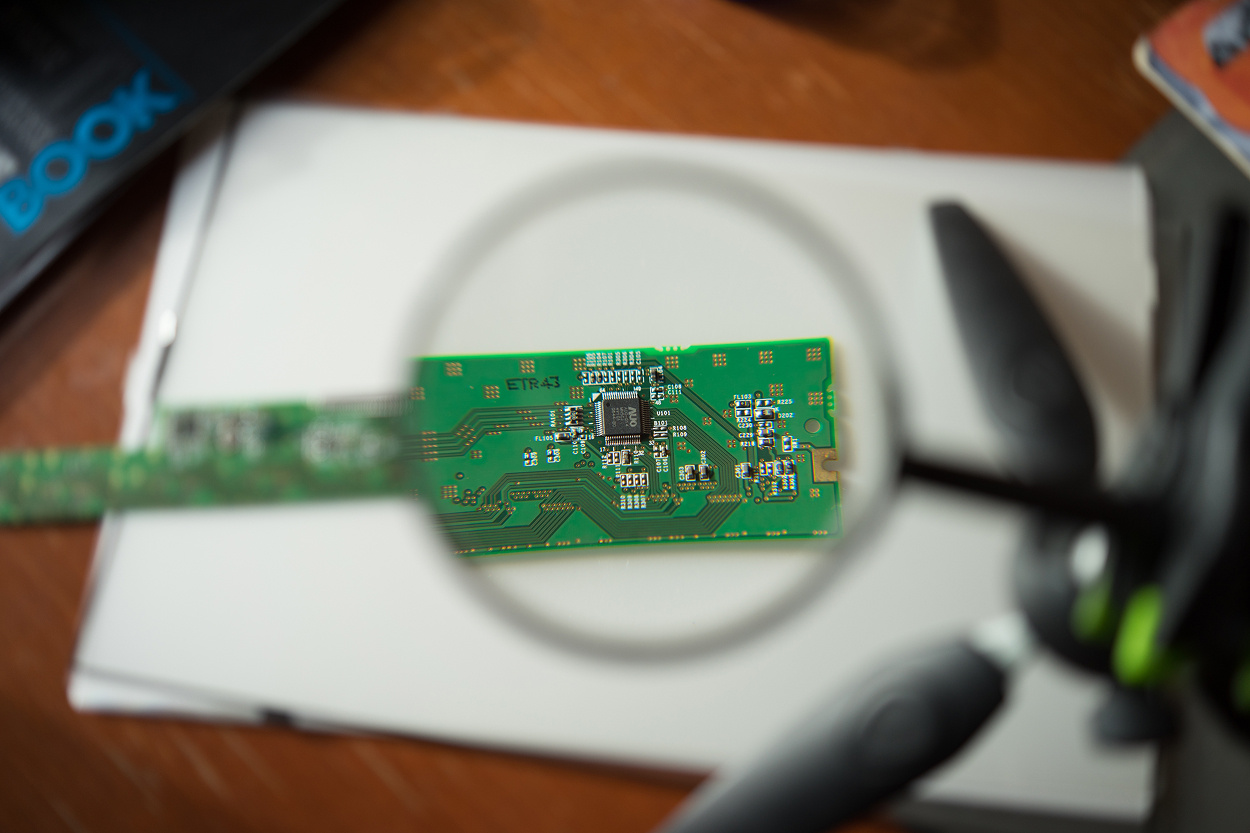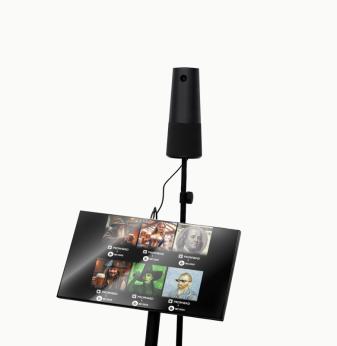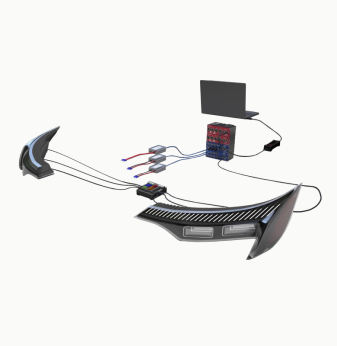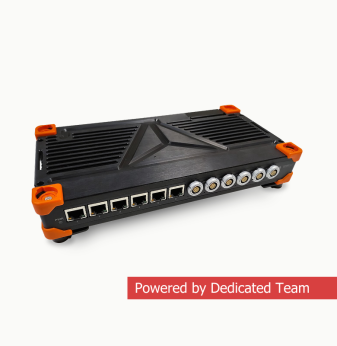Open Source Solutions in Embedded Development: Why They Matter More Than Ever

Why Open Source Is No Longer Optional in Embedded Projects
In embedded systems development, open source used to be viewed with caution — a risky alternative to commercial toolchains and proprietary stacks. But today, open source is often the foundation of modern, scalable, and efficient embedded projects.
From low-level firmware to Linux-based SoCs, open source tools and frameworks now drive innovation, accelerate development, and reduce vendor lock-in.
This article explores where open source fits in embedded development today — and why it matters for time-to-market, flexibility, and long-term support.
Key Areas Where Open Source Dominates
1. Operating Systems and Firmware Stacks
| Category | Popular Open Source Options |
| RTOS | Zephyr, FreeRTOS, NuttX, RIOT |
| Embedded Linux | Yocto, Buildroot, OpenWRT |
| Middleware | LVGL (UI), lwIP (TCP/IP), CANopenNode |
| Secure Boot / TLS | mcuboot, mbedTLS, wolfSSL |
These platforms are not only mature, but increasingly supported by chip vendors.
2. Hardware Abstraction and Drivers
- CMSIS, HAL/LL Drivers from ST
- Espressif IDF and nRF Connect SDK — both built on open source
- Device Tree + Devicetree overlays in Linux systems
Open source abstractions help you move faster between hardware platforms.
3. Tools and Build Systems
| Tool | Use Case |
| PlatformIO | Unified embedded project management |
| CMake + Ninja | Cross-platform builds |
| QEMU | Emulation/testing without hardware |
| OpenOCD | JTAG/SWD debugging and flashing |
Build systems are becoming portable, reproducible, and cloud-ready.
Benefits of Open Source in Embedded Engineering
| Benefit | What It Means for You |
| Community support | Faster bug resolution, shared solutions |
| Lower cost of entry | Free tools, no per-seat licensing |
| Faster prototyping | Ready-made middleware and samples |
| Long-term flexibility | Vendor-independent codebases |
| Transparent security | Open code = audit-friendly |
Many open stacks also pass compliance benchmarks like MISRA, SIL/ASIL when configured correctly.

Open Source Doesn’t Mean Zero Risk
Key Concerns to Address:
- License compliance (GPL, LGPL, Apache, BSD)
- Security maintenance (patch management, CVE monitoring)
- Documentation quality (can be community-dependent)
- Integration effort (some stacks require tuning)
Promwad helps clients assess and validate OSS components as part of system design.
Real-World Applications of OSS in Embedded
- Custom gateway: OpenWRT + CANopenNode + Prometheus exporters
- Wearable medical tracker: Zephyr RTOS + mcuboot + BLE GATT stack
- Smart charging station: LVGL UI + FreeRTOS + MQTT on ESP32
- Industrial automation controller: Buildroot + Linux + Modbus RTU
These systems combine cost efficiency with reliable, production-grade performance.
Tools to Evaluate and Track OSS Usage
| Tool/Service | Purpose |
| FOSSA / WhiteSource | Open source license and risk tracking |
| CVE databases | Security vulnerability tracking |
| SPDX / SW360 | Software bill-of-materials management |
| GitHub / GitLab CI | Monitor forks, bugs, and release cycles |
Governance and compliance are part of the equation — especially in regulated industries.
Final Thoughts
Open source is no longer just a fallback or an experiment. It’s a mature ecosystem that enables embedded developers to build better, faster, and with more control over their technology stack.
At Promwad, we integrate and support open source tools, middleware, and firmware for clients across industrial, automotive, and consumer sectors — from evaluation to customization and long-term support.
Let’s build embedded systems on a transparent, vendor-free foundation.
Our Case Studies












